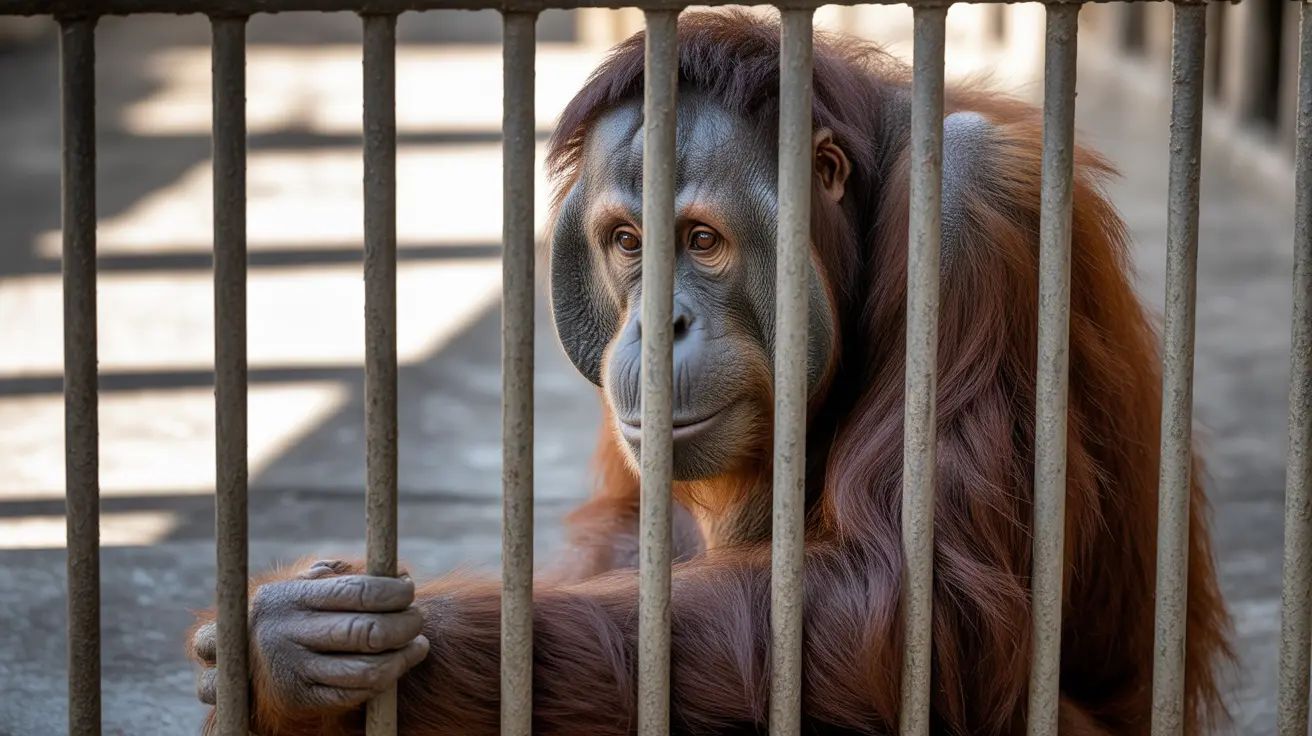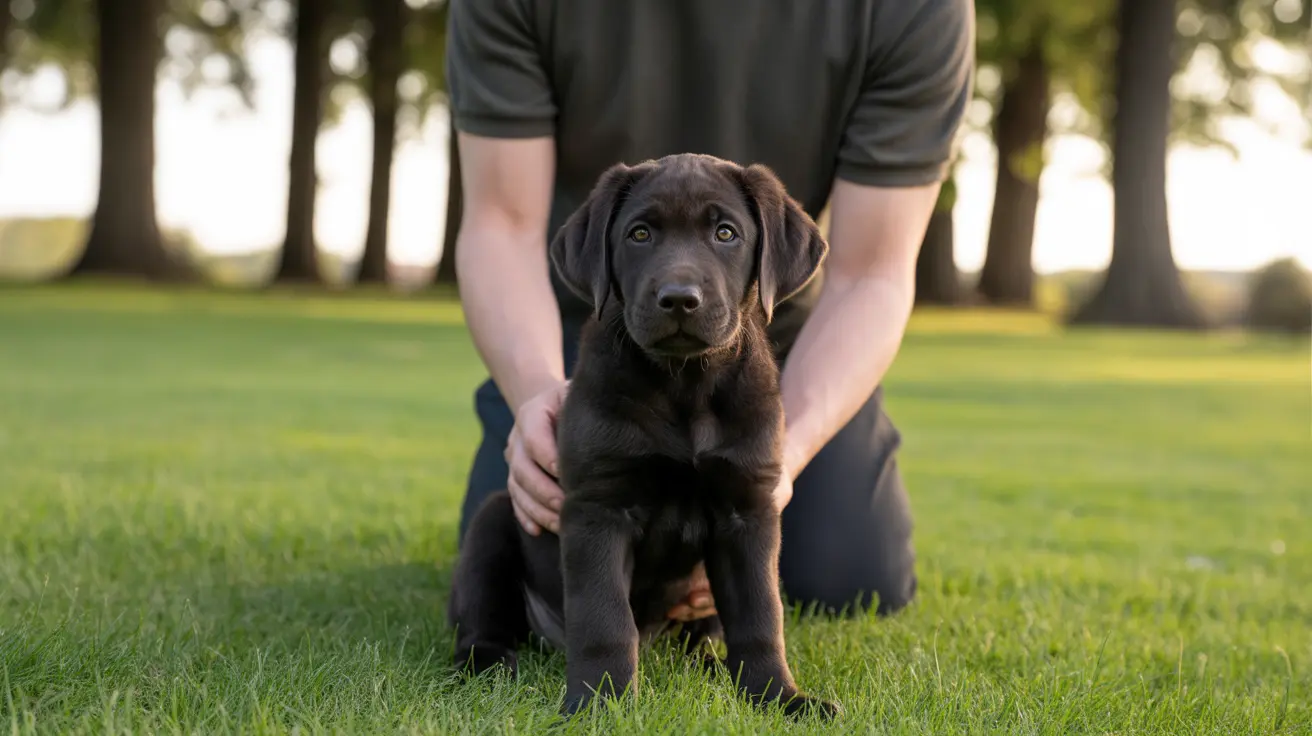Understanding Wildlife Crime and Its Impact
Animal trafficking remains one of the most pressing threats to biodiversity worldwide. The illegal exotic pets trade not only endangers numerous species but also disrupts delicate ecosystems and contributes to the potential extinction of vulnerable animals. When traffickers remove animals from their natural habitats, they create ripple effects that can devastate entire species populations.
The Role of Conservation Technology
Modern anti-poaching efforts have evolved significantly with the integration of advanced technology. These tools include:
- Artificial intelligence for tracking suspicious trading patterns
- Satellite monitoring of protected areas
- DNA testing to verify species origin
- Digital databases to track known trafficking routes
Endangered Species Protection Initiatives
Conservation groups are implementing comprehensive strategies to protect vulnerable species from trafficking. These programs combine traditional conservation methods with modern surveillance techniques, creating more effective barriers against wildlife crime.
The Impact on Ethical Pet Ownership
For pet owners, understanding the connection between wildlife trafficking and the pet trade is crucial. Responsible pet buying practices help ensure that we don't inadvertently support illegal wildlife trade networks. This awareness has led to increased scrutiny of exotic pet laws and regulations designed to protect both animals and consumers.
Working Together for Change
The collaboration between technology companies and conservation organizations demonstrates how different sectors can unite for wildlife protection. This partnership approach has created more effective ways to identify and stop wildlife trafficking operations while raising public awareness about the importance of ethical pet acquisition.
Frequently Asked Questions
How can I avoid accidentally supporting illegal wildlife trafficking when buying a pet?
Always work with licensed, reputable breeders or adoption centers. Request documentation of the animal's origin, ensure all necessary permits are in place, and be wary of prices that seem too good to be true. Avoid purchasing exotic pets without thorough research into legal requirements and proper care needs.
What are the signs of a reputable breeder versus a wildlife trafficker?
Legitimate breeders will have proper licensing, provide detailed health records, allow facility visits, and openly discuss their breeding practices. They should also provide documentation of legal compliance and be willing to answer questions about the animal's origin and care requirements.
How are technology and conservation groups working together to stop animal trafficking?
Conservation organizations are utilizing advanced technologies like AI monitoring, satellite tracking, and digital databases to detect and prevent wildlife trafficking. These tools help identify suspicious activities, track known trafficking routes, and protect vulnerable species in their natural habitats.
The fight against animal trafficking continues to evolve as technology advances and awareness grows. Through coordinated efforts between tech companies, conservation groups, and responsible pet owners, we can work together to protect endangered species and ensure ethical practices in the pet industry. By staying informed and making conscious choices, we all play a vital role in combating wildlife trafficking and preserving biodiversity for future generations.






